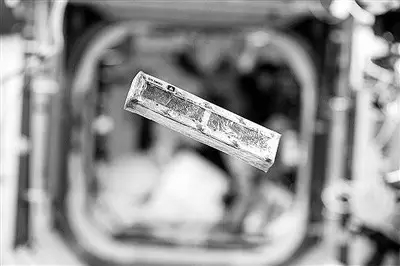Anti-radiation synthetic muscle: great potential in the prosthetic and robotic industries
Release date: 2016-08-03

a cage containing synthetic muscles floats in the space station
In future space missions, robots will become increasingly important, and they can perform tasks that humans cannot accomplish. Robots use muscles that are as flexible as humans, but materials used to synthesize muscles must be resistant to radiation and to the harsh environment of space. The synthetic muscles invented by Ras Labs founder Leno Rasmussen were awarded the "Business and Civilization / Physical Science and Materials Development Innovation" award.
Synthetic muscles are usually made of soft plastic or rubber-like materials that stretch and contract when energized and move like living muscles.
Ras Labs studied synthetic muscles for the Advanced Space Science Center and the International Space Station and tested them for radiation resistance. The US Department of Energy's Princeton Plasma Physics Laboratory conducted preliminary tests to demonstrate that the 3rd and 4th generation synthetic muscle samples have stable electrical activity, withstand extreme temperatures (from -271°C to 135°C) and strong radiation environments. .
This synthetic muscle can be used not only in the extreme environment of space, but also in the application of the earth. For example, robots armed with synthetic muscles can survive in deep space environments and perform emergency in dangerous places such as nuclear power plants that humans cannot reach. The task can also be used to transform the prosthesis to make it as flexible as a real muscle.
Rasmussen said the polymer has great potential in the prosthetic and robotic industries, and their company is working to develop customized products to heal wounds and save lives.
Source: Technology Daily
JIANGSU CLS TECHNOLOGY CORP.LTD , https://www.js-cls.com